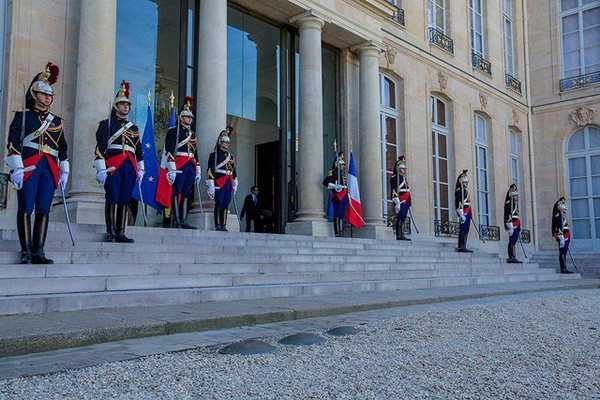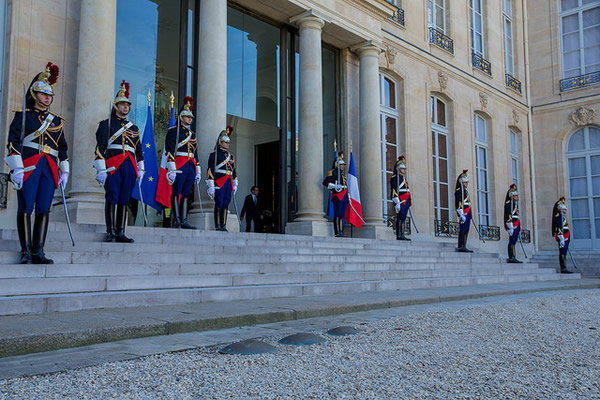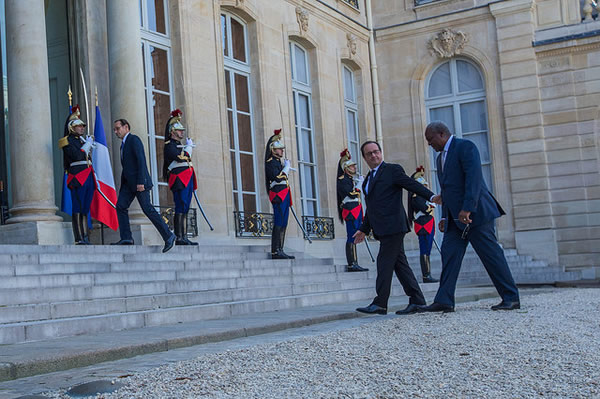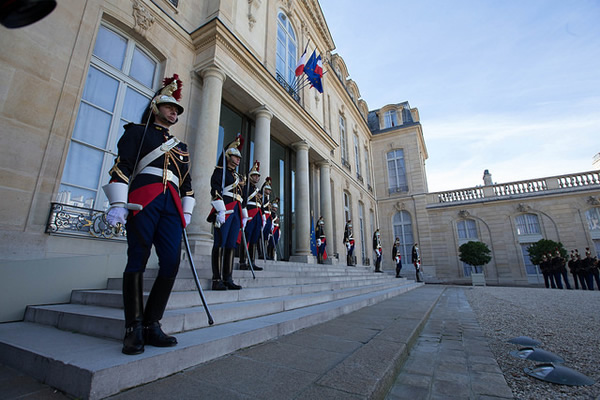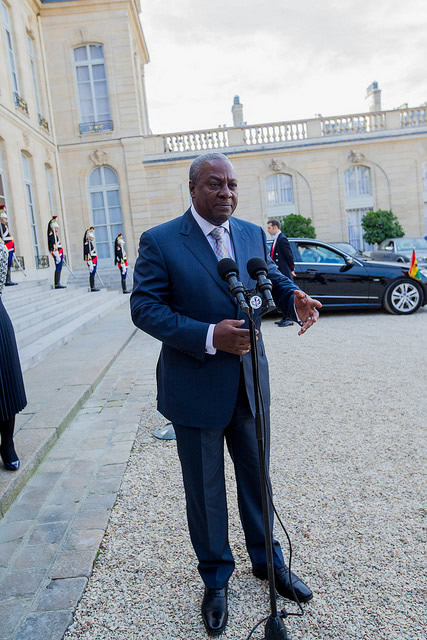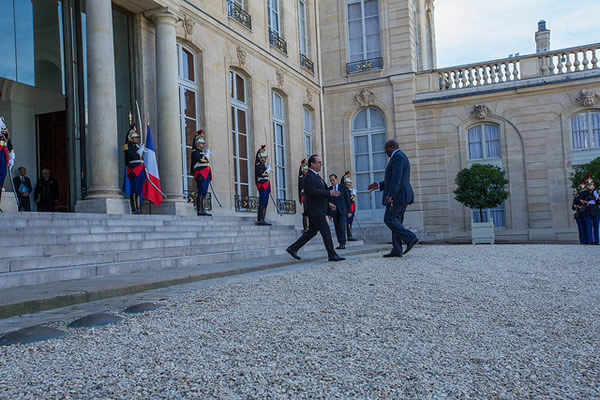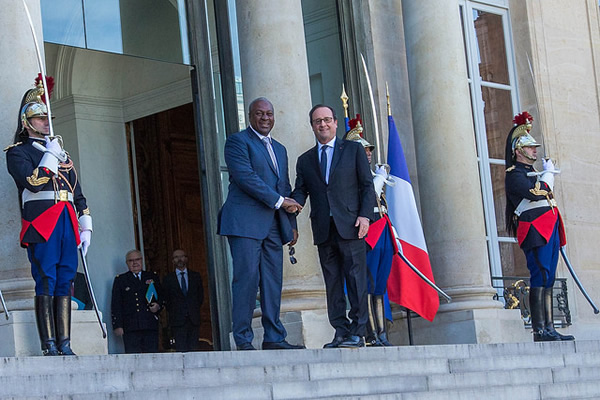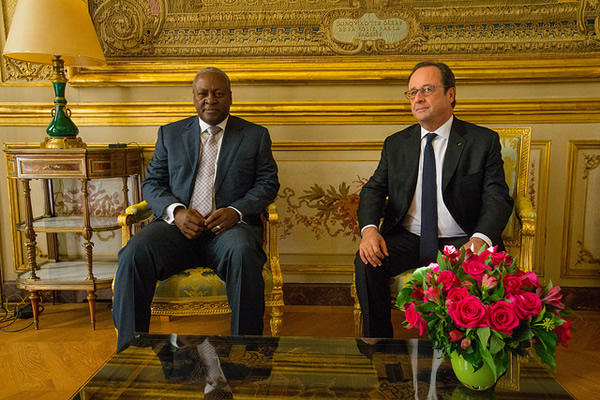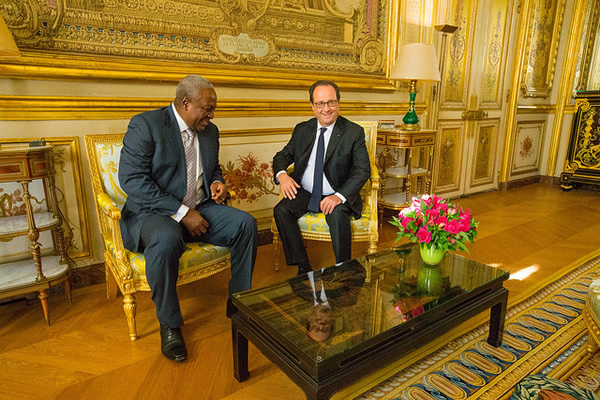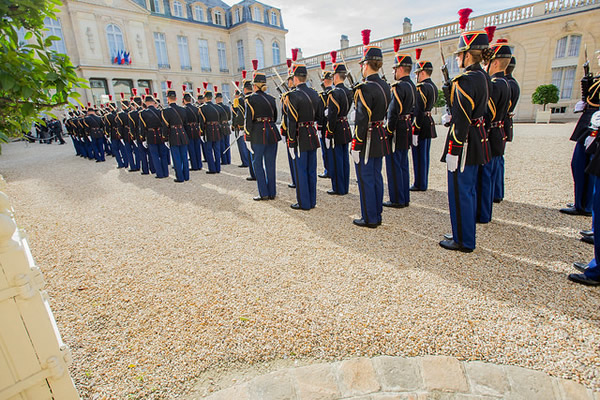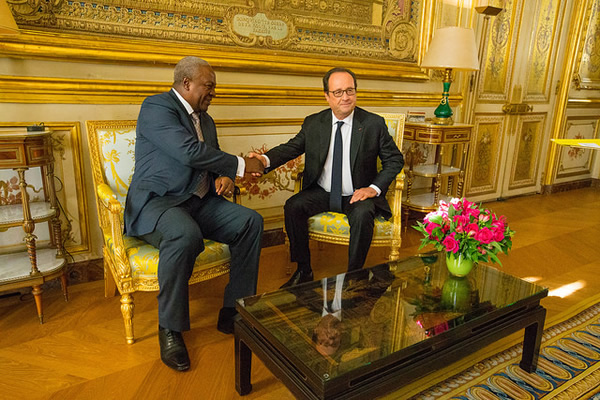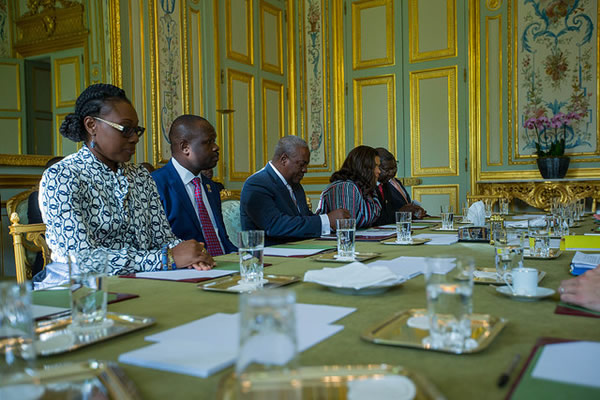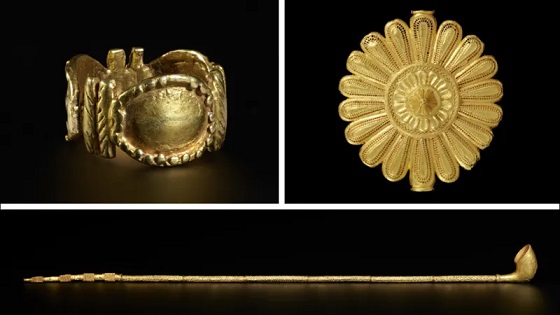
The United Kingdom (UK) has returned dozens of artefacts looted from the Asantehene’s Kumasi Palace in Ghana, more than 150 years after they were taken.
Some 32 gold and silver items have arrived in Ghana on a long-term loan to the Asantehene by the Victoria & Albert Museum (V&A) and the British Museum.
They were stolen from the court of the Asante king, during the 19th century conflicts between the British and powerful Asante people.
The objects are expected to be returned to the current king, Otumfuo Osei Tutu II on Friday.
His chief negotiator, Ivor Agyeman-Duah, told the BBC that the objects are currently in “safe hands” in Ghana ahead of them being formally received.
They are due to go on display next month at the Manhyia Palace Museum in Kumasi, the capital of the Ashanti region, as part of celebrations to mark the silver jubilee of the current Asante King Otumfuo Osei Tutu II.
In January, it was announced that the long-term loan deals to return the items had been agreed.
Among the returned artefacts are a gold peace pipe, a sword of state and gold badges worn by officials charged with cleansing the soul of the king.
The gold artefacts are the ultimate symbol of the Asante royal government and are believed to be invested with the spirits of former Asante kings.
Nana Oforiatta Ayim, special adviser to Ghana’s culture minister, previously told the BBC that the objects were “part of the soul of the nation” and that it was “pieces of ourselves returning”.
The loan, which was negotiated with the king and not with the Ghanaian government, will last for three years with the option to extend for a further three years.
The Victoria & Albert Museum (V&A) is lending 17 pieces and 15 are from the British Museum.
Both museums have said they are delighted to have been able to have returned the objects on loan as part of an important cultural collaboration.
Some national museums in the UK – including the V&A and the British Museum – are banned by law from permanently giving back contested items in their collections, and loan deals such as this are seen as a way to allow objects to return to their countries of origin.
The return of the Asante items comes a month ahead of celebrations marking the silver jubilee of the Asantehene.
The artifacts’ return coincides with the silver jubilee celebration of Otumfuo Osei Tutu II
The Asante people built what was once one of the most powerful and formidable states in west Africa – trading in, among others, gold, textiles and enslaved people.
The kingdom was famed for its military might and wealth. Even now, when the Asantehene shakes hands on official occasions, he can be so weighed down with heavy gold bracelets that he sometimes has an aide whose job is to support his arm.
Europeans were attracted to what they later named the Gold Coast by the stories of African wealth and Britain fought repeated battles with the Asante in the 19th Century.
In 1874 after an Asante attack, British troops launched a “punitive expedition”, in the colonial language of the time, ransacking Kumasi and taking many of the palace treasures.
Most of the items the V&A returned were bought at an auction on 18 April 1874 at Garrards, the London jewellers who maintain the UK’s Crown Jewels, while some of those the British Museum is loaning were looted during a later conflict in 1895-96.
The return of the artefacts comes during a continuing debate over what to do with other items exported from their native lands – including the Benin Bronzes and Elgin Marbles, also known as the Parthenon Sculptures.
Some countries laying claim to disputed artefacts fear that loans may be used to imply they accept the UK’s ownership.
However, these types of agreements are seen by others as a way for Britain to confront the cultural legacy of its colonial past while also building better relationships for the future.
Source: graphic.com.gh










